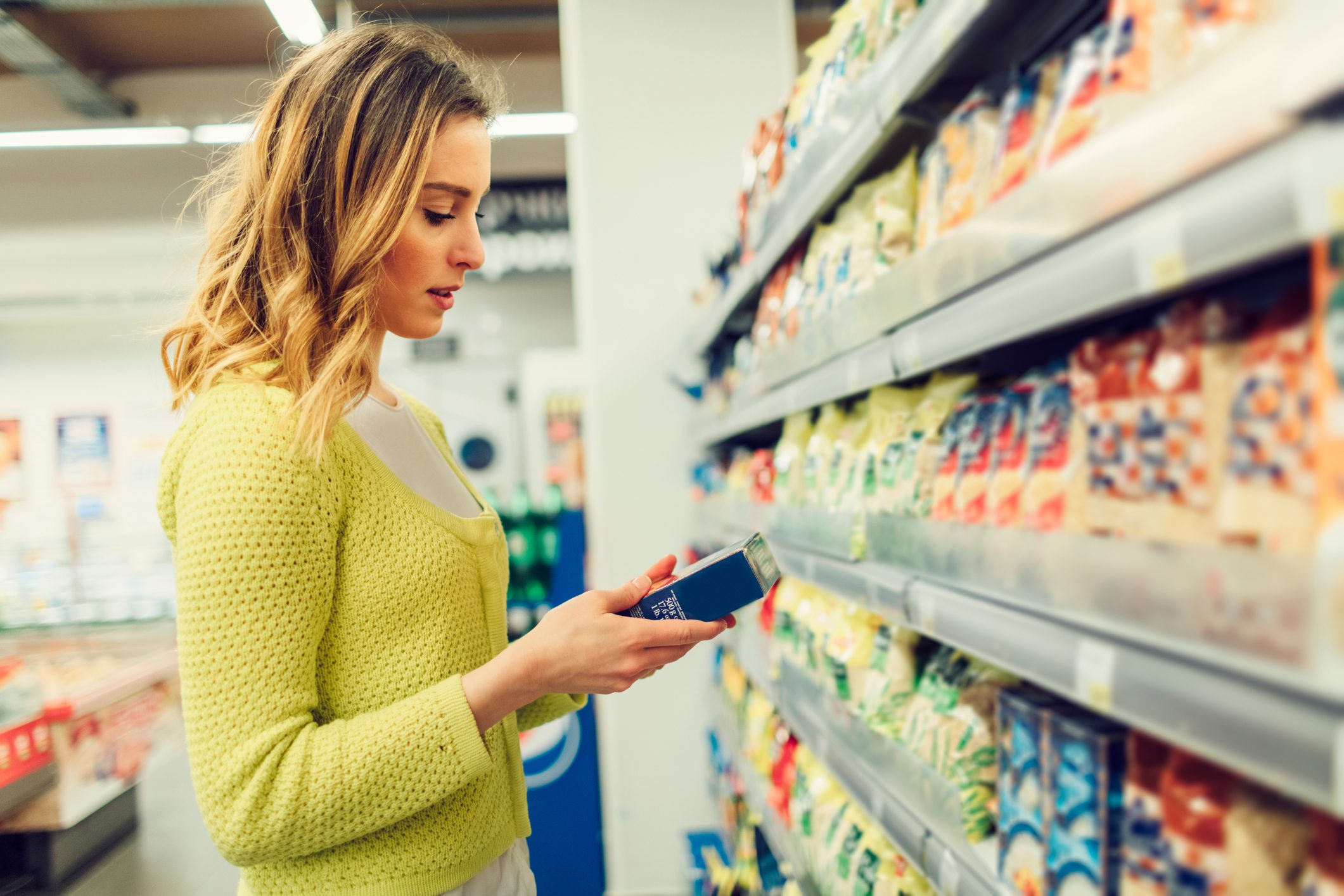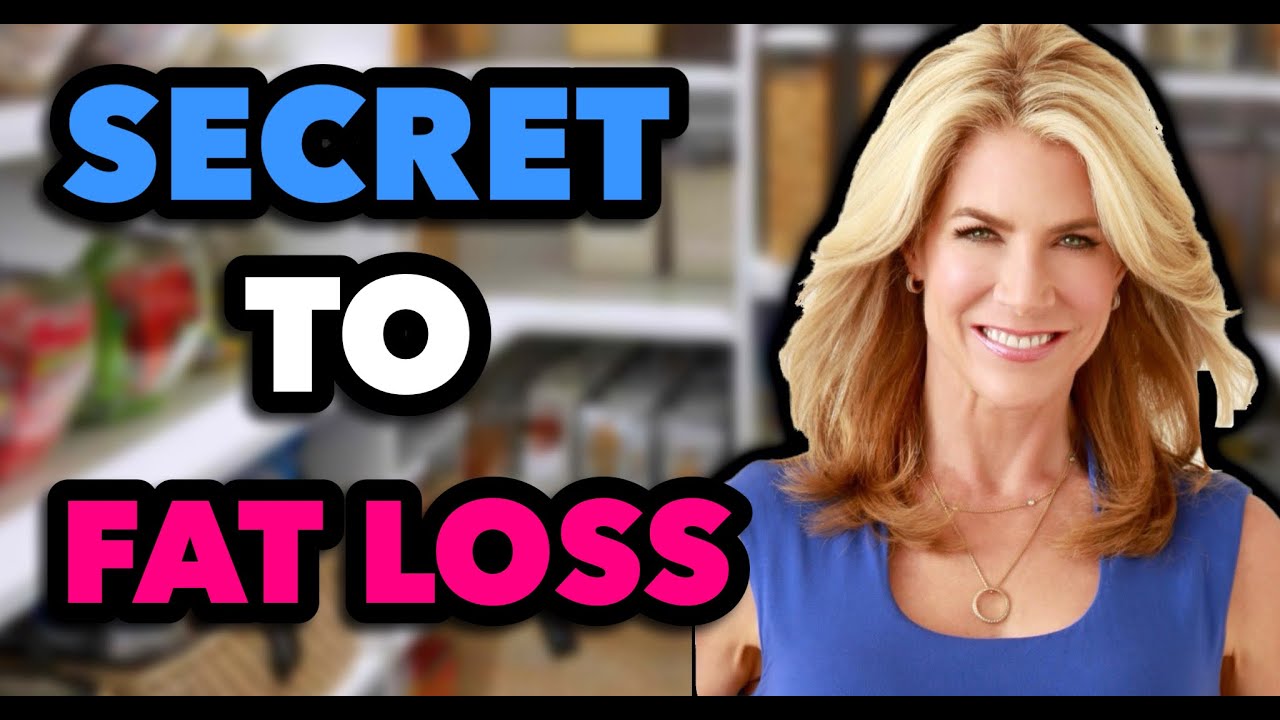Does that “organic” claim on a processed food you’re deciding on at the supermarket sound dubious? Have you tried hopelessly to choose the best egg option among countless varieties on the shelves?
If those scenarios sound familiar, you’re aware that reading food labels can be bewildering. Manufacturers add numerous claims to products, and some are more legitimate than others. Consider “natural,” a word used to sell an absurd amount of processed food on the shelves.
According to Jonny Bowden, Ph.D., in The 150 Healthiest Foods on Earth, “natural” is “the most deceptive and dishonest term in food marketing and so overused as to become utterly meaningless. Remember, poison ivy and gasoline are both ‘natural,’ which doesn’t mean I want to eat them.”
Others, like organic, are meaningful.
“Unlike ‘natural,’ which has no clear definition, use of the ‘organic’ food label and seal is strictly regulated by the National Organic Program, which is administered through the USDA,” says Joyanna Hansen from the American Society for Nutrition. “Foods with an organic seal are certified organic and contain at least 95% organic content.”1
Common Food Labels & How to Read Them
How do you know which terms carry credibility (and which are simply clever marketing)?
Below, I’ve described some of the most common food labels you’ll find at your grocery store, so you can make more informed decisions next time you go shopping.
Natural
According to the U.S. Food and Drug Administration (FDA), “natural” means that nothing artificial or synthetic (including all color additives) has been included in or added to a food that you wouldn’t normally expect in that food.
What “natural” doesn’t cover:
- Food production methods (such as pesticide use)
- Food processing or manufacturing methods (such as pasteurization)
- Nutritional or other health benefits2
Sometimes, you’ll see “natural flavors” listed among the ingredients. Manufacturers aren’t required to disclose what the ingredients are that make up those natural flavors. In fact, they can add synthetic solvents, preservatives, emulsifiers, carriers and other additives to a flavor that qualifies as ‘natural’ under current regulations,” says Roni Caryn Rabin in the New York Times.
She notes that natural flavors in certified organic foods have a far more restrictive set of regulations, such as not allowing synthetic solvents or artificial preservatives.3
The take-home? As Bowden points out, the term “natural” is fairly meaningless unless that label also carries the “organic” label. I recommend buying products from trusted manufacturers that you can feel confident in.
Gluten-Free
The FDA requires that any food product claiming to be “gluten-free,” “no gluten,” “free of gluten,” or “without gluten” on the label contain less than 20 parts per million (ppm) of gluten. This is the lowest that can be reliably detected in foods using scientifically validated analytical methods.4
Put in plain English: gluten-free foods may still contain trace amounts of gluten. This may or may not be a problem for you, depending on whether you have an allergy or sensitivity.
Friendly reminder that foods like broccoli and strawberries don’t have to claim these labels, because they’re naturally gluten-free and unprocessed. And as I’ve explained before, gluten-free doesn’t automatically equal healthy. Besides, many of these GF processed foods contain added sugars and other “no” ingredients. So much for the healthy glow!
Organic
Organic foods are grown or farmed without artificial chemicals, hormones, antibiotics, or genetically modified organisms (GMOs). To be labeled organic, a food must be free of artificial food additives, including artificial sweeteners, preservatives, coloring, flavoring, and monosodium glutamate (MSG).5
While other organic certifications exist, USDA Organic is the only federally regulated organic label on the shelf.6 Read on to learn more about how organic applies to specific foods.
– Organic Produce
According to the U.S. Department of Agriculture (USDA), produce can be called “organic” on a label if it’s certified to have grown on soil that had no prohibited substances applied—including synthetic fertilizers and pesticides—for three years prior to harvest.7
– Organic Eggs
USDA-certified organic eggs come from uncaged hens that are free to roam in their houses and have access to the outdoors. Hens are fed an organic diet without conventional pesticides or fertilizers.8 (More on egg labels in a bit.)
– Organic Processed Foods
Products labeled “organic” or that claim to be “made with organic [specific ingredient or food group]” must contain at least 70% organically produced ingredients. The non-organic ingredients must be produced without prohibited practices, including GMOs.9
Just like the “gluten-free” label, keep in mind that manufacturers often use “organic” on processed foods and beverages to provide a health halo. They may still contain added sugars and other undesirable ingredients found in conventional varieties of that product.
– Organic Meat
For meat to be labeled “organic,” the USDA requires that animals are raised in living conditions accommodating their natural behaviors, including the ability to graze on pasture. They must be fed 100% organic feed, with none of the antibiotics or hormones often used for conventionally raised meats.10
Unfortunately, organic feed can include grain, albeit organic, creating similar problems to conventionally raised animals.
“Cows aren’t meant to eat grain,” says Bowden. “It’s just not their natural diet. You can make them eat it, just like you can make lions eat Cheerios, but it’s not what they normally eat, and they won’t do real well on it.”
Even the healthiest organic foods may not provide the nutrients you need to thrive. We’ve combined all the essentials in our Daily Essentials Multi + Omegas. Every packet combines a high-potency multivitamin-multimineral, concentrated phytonutrients, and anti-inflammatory omega-3 fatty acids. Take one packet and feel confident you’re covering the nutrient bases you may not be getting from food!* Order yours here.
Grain-Fed vs. Grass-Fed Meat
– Grain-Fed Beef
While grass-fed beef has become more mainstream, grain-fed is still the norm in most restaurants and supermarket shelves. With grain-fed, calves are born on and stay on pasture until they are weaned from their mother. Then, they may be fed grains (including corn, soybeans, and wheat) to fatten them up before they head to slaughter.11
“The meat (and milk) that comes from cows that primarily spend their lives being fattened up on grain at confined animal feeding operations or ‘factory farms’ is simply not the same meat or milk that comes from their pasture-fed, grass-grazing brethren,” says Bowden. “The fat content is different, the nutrients are different, and except for the protein, it’s just not the same food.”
– Grass-Fed (and Grass-Finished) Beef
“Grass-fed” means cows were not fed grain, and had access to pasture their entire lives. “Grass-finished” means that a cow may have been fed grains at some point in its life. (Ideally, the manufacturer should provide the percentage of grain- to grass-fed somewhere on the label.)
Typically, no third party inspects and certifies these practices, so they are considered unverified.12
Because of increased demand, some manufacturers aren’t being completely transparent with labels. According to Mark Hyman, MD, in Food: What the Heck Should I Eat?, “some ‘grass-fed’ animals are raised on grains and other crops for most of their lives and then ‘finished’ on grass just before slaughter.”
If that sounds confusing, look for a package that says “grass-fed” and “grass-finished.” That’s the only way to know for sure that you’re getting beef from cows entirely fed grass.
“The alternative to factory-farmed meat—grass-fed meat—is not just better for the environment and better for the animals, but better for you, too,” says Hyman. “Grass-fed meat is so nutritionally superior to factory-farmed meat that it is practically a different food.”
Hyman adds that grass-fed meat contains up to five times more omega-3 fatty acids and much lower inflammatory omega-6s compared with conventionally raised meat. Grass-fed beef is also higher in nutrients including B vitamins, vitamin E, and antioxidants, such as lutein and zeaxanthin.
“Where do I start?” I get that question a lot. That’s why it’s so important to have a roadmap you can trust. A roadmap that breaks down your health journey into small, manageable steps. Download my Ultimate Health Roadmap and take control of your health… one step at a time. Get your FREE guide here.
Farm-Raised Fish
When it comes to fish, you’ll commonly find two labels on grocery stores and restaurants: “farm-raised” and “wild-caught.” If it doesn’t say, you can safely assume that the fish is farm-raised, which means raised in tanks.
According to Hyman, “many farmed fish are now given manufactured feed that consists of corn, wheat, soy, and vegetable oils like canola—none of which are found in their natural diets—or meal that can contain toxic chemicals.”
In other words, farm-raised fish present many similar problems to grain-fed beef. These fish aren’t fed their natural diet, are cram-packed into tight spaces, and are engineered to be fattened up and slaughtered quickly.
“Salmon in the wild don’t eat corn or grains,” says Hyman.
Contrary to popular belief, some studies find farm-raised fish may be higher in contaminants and have a higher instance of disease (due to farming conditions). Hyman notes that farm-raised fish are also higher in inflammatory omega-6 and lower in anti-inflammatory omega-3 fatty acids.
Wild-Caught Fish
Wild-caught seafood has been caught from natural habitats, including lakes, oceans, and rivers. These fish eat their natural diet, including algae, worms, and even other fish. As a result, their nutrition profile differs slightly from farm-raised fish.13
Unfortunately, because of industrial pollution, wild-caught fish can contain mercury (although farm-raised fish can also contain this toxic metal).14 Because bigger fish consume smaller fish, I recommend limiting or avoiding shark, swordfish, fresh tuna, marlin, king mackerel, tilefish from the Gulf of Mexico, and northern pike.15
Cage-Free Eggs
This term, regulated by the USDA, means that the eggs come from hens that aren’t caged. These hens can roam freely with unlimited access to food and fresh water. However, they do not have access to the outdoors.16
Free-Range Eggs
The USDA states that free-range eggs come from hens that do have outdoor access. That doesn’t mean that the hens go outdoors, however, and “outdoor space” could be a tiny fenced-in area. It’s all semantics.17
Pasture-Raised Eggs and Meat
Pasture-raised cows get at least 30% of their food from organic grass (grass that isn’t treated with synthetic pesticides or fertilizers) grown in a pasture.18
The USDA doesn’t regulate this term, unfortunately. In 2002, the organization proposed that “pasture-raised” be defined as “continuous and unconfined access to pasture throughout their life cycle.” However, they never actually issued those standards, so there are no current federal standards for “pasture-raised,” nor are there regular on-farm inspections to verify this label claim.19
Theoretically, eggs that say “pasture-raised,” “Certified Humane” and/or “Animal Welfare Approved” mean that each hen had 108 square feet (about the area of an apartment bedroom) of outdoor space plus indoor barn space.20
The nutrient profile of eggs from pasture-raised hens is superior to that of conventionally raised hens. In fact, a pasture-raised egg contains twice as much omega-3 fat, three times more vitamin D, four times more vitamin E, and seven times more beta-carotene than eggs from hens raised on traditional feed.21
“Just look for eggs that come from pasture-raised hens, which are richer in nutrients, and be wary of eggs boasting labels like ‘cage-free’ and ‘vegetarian-fed,’ which could still be from hens in poor, cramped living conditions without adequate access to the outdoors and a proper diet,” says Hyman in Food: What the Heck Should I Cook?.
Final Thoughts: Which Options Are Best?
As you can see, manufacturers often have their profit and not your health in mind when they label foods. While labels might leave your head spinning, my hope is that this list can help you better clarify how you spend your food dollars and avoid deceptive labeling.
Along with the above guidelines, I’ve found that these five strategies can help you make the most-informed food choices without being confused or misled by labels.
- Buy whole, unprocessed, preferably organic foods. Shop mostly along the periphery of your supermarket. You can be certain that no weird ingredients are going into those broccoli crowns or organic apples you pick up in the produce aisle.
- Read the ingredients and Nutrition Facts. The front of many processed foods contains bold statements such as “high in protein” or “sugar-free.” Their intention is often to persuade you to buy the product. But to get the true facts, you’ll need to turn the package over and look at the ingredients and Nutrition Facts. Some guidelines include:
-
- As a rule, fewer ingredients are better.
- Any ingredient ending in -ose is sugar.
- Many processed foods contain inflammatory oils, such as vegetable oil, sunflower oil, safflower oil, etc. Read those ingredients!
- “Sugar-free” packaged foods may contain liver-damaging artificial sweeteners. Learn more about better sugar alternatives here.
- “No sugar added” packaged foods may still contain too much naturally occurring sugar.
- How much added sugar is in one serving? Your goal is no more than five grams per serving, and preferably less.
- Are those serving sizes unrealistic to make the added sugar amount seem low?
- Support farmers’ markets and other local markets. Buying local supports farmers and other people who work hard to provide your food, which is especially critical during this turbulent economy. Local also often means fresher, since produce and other foods aren’t heading cross-country like they sometimes do with supermarkets.
- Consult the Environmental Working Group (EWG). The EWG’s Dirty Dozen™ and Clean Fifteen™ lists can help decide when to buy organic fruits and vegetables (and when you’re safe sticking with conventional varieties).
- Less is more. “When considering purchasing packaged food, ask yourself: Are there fewer than five ingredients?” says Hyman. “If it’s an animal product, was it raised or produced as close to its wild and natural state as possible? If you answer any of these questions with a ‘No,’ choose something else. The choice is always yours to make.”
The views in this blog by JJ Virgin should never be used as a substitute for professional medical advice. Please work with a healthcare practitioner concerning any medical problem or concern. The information here is not intended to diagnose, treat, or prevent any disease or condition. Statements contained here have not been evaluated by the Food and Drug Administration.
*These statements have not been evaluated by the Food and Drug Administration. This product is not intended to diagnose, treat, cure, or prevent any disease.
References:






